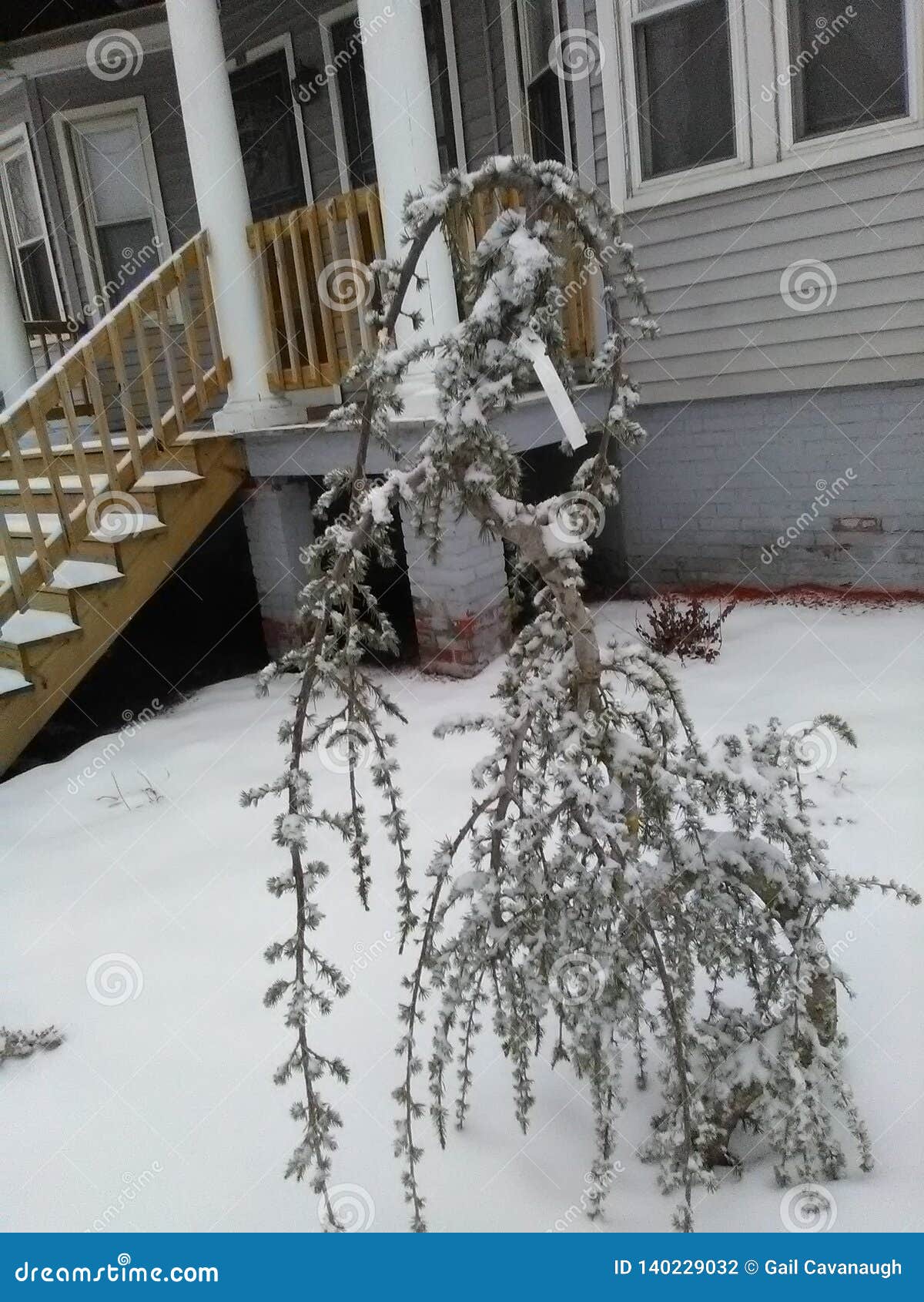
Don’t allow it to sit in standing water, though. When it is time to water your Prayer Plant, water it thoroughly until about 25% of what you put in runs out through the drainage hole in the bottom of the pot. If you don’t feel comfortable relying on your finger alone to determine if your Prayer Plant is dry, a moisture meter is another good investment to make for the health of your plants. Testing your Prayer Plant’s soil will help you learn its schedule and develop good watering habits. If regularly watering your plants is something you struggle with, make an effort to test the soil often. If it’s bone dry all the way through, you’ve gone too long between waterings. If the first inch or so of soil is dry, it’s time to water your Prayer Plant. If you think underwatering is your issue, test the soil by inserting your finger and feeling for moisture. But there’s good news! Usually, a quick drink of water is all your plant will need to stand up tall again. If they’re allowed to dry out too much, the plant will become stressed and may droop, wilt, or shrivel. Because these are tropical plants, they require evenly moist soil.

Reason 2: Your Prayer Plant Doesn’t Have Enough WaterĪ dry Prayer Plant is a sad, droopy Prayer Plant. If you want to read more about the humidifiers I use and love, check out this article. Humidifiers come in various sizes, designs, and price points and are hands-down the best way to raise the humidity levels around your houseplants. If you have an extremely dry home, or live in an area with very low humidity, consider purchasing a humidifier. Once your plant has been relocated to an area with more humidity, it will start to perk back up. Then use your hygrometer to find rooms in your home with higher humidity levels (start with bathrooms, kitchens, and well-lit basements) and relocate your plant to a new, more humid spot. While there isn’t a magic percentage, keeping a Prayer Plant around or above 50% humidity is a good goal. These devices measure the relative humidity of a room and display it, along with the temperature, on a small screen similar to a thermostat. If, after that, you’re confident that your Prayer Plant does need more humidity, there are a few easy steps you can take.įirst, make a small investment to purchase a hygrometer (like this one). Cross off any other potential problems, like light or watering issues, before diagnosing humidity as the source of your floppy Prayer Plant. This can be a big problem for those of us living in the desert or other arid regions where humidity is scarce.īefore you stop what you’re doing right now and immediately add more humidity to your Prayer Plant, read all the way through this article. One of the most common reasons that a Prayer Plant is floppy or drooping is that it doesn’t have enough humidity.

They’re natives of Brazil, where they creep along the forest floor, and they prefer conditions that are moist, warm, and humid. Reason 1: Your Prayer Plant Doesn’t Have Enough Humidity Humidity and water problems are arguably the biggest causes of a droopy plant, so keep reading to find out what you can do to help your Prayer Plant thrive. This article will help you identify the most common issues and guide you through the steps you need to take to perk your plant back up. Sometimes this is simple to solve, like adjusting sunlight or water, while other issues are a bit more complicated.īut diagnosing your Prayer Plant’s problems isn’t difficult. Like other houseplants, Marantas will start to look under the weather if their needs aren’t being met. The Top Reasons Why Prayer Plants Droop, Wilt, and Look Sad Many of the problems that can cause a Prayer Plant to droop are easily fixed and little to no supplies.

This article will discuss the most common causes of unhappy Marantas and what you can do to address them. If you have a droopy prayer plant, don’t worry. Because they are tropical plants, Prayer Plants prefer humid conditions, evenly moist soil, and bright, indirect sunlight. Any one of these variables can result in a Prayer Plant that looks wilted, shriveled, and sad. While it may be challenging to mimic their natural environment indoors, doing so can go a long way towards perking up your otherwise droopy Prayer Plant.ĭroopy Prayer Plants are often caused by a combination of low humidity, too dry or too wet soil, or too much sunlight. But why in the world does this happen? These Brazillian natives thrive in humid, moist conditions with plenty of rainfall and sun.

The ever-popular Prayer Plant, scientifically known as the Maranta leuconeura, can go from looking happy and healthy to looking droopy and sad in no time.


 0 kommentar(er)
0 kommentar(er)
